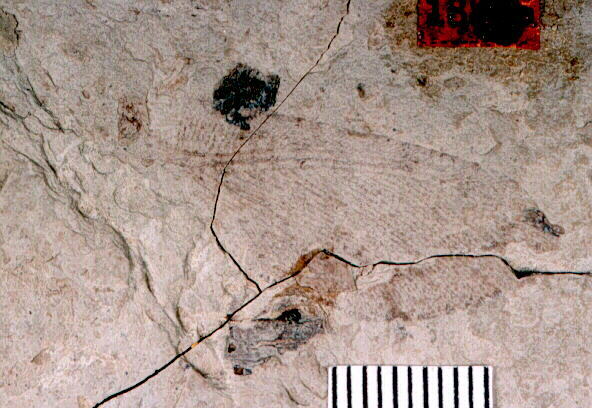|
Polystoechotites
''Polystoechotites'' is an extinct form classification, parataxon of Neuroptera, lacewings in the moth lacewing family Ithonidae. The taxon is a collective group for fossil Ithonidae, polystechotid giant lacewing species whose genus affiliation is uncertain, but which are distinct enough to identify as segregate species. ''Polystoechotites'' species are known from Eocene fossils found in North America and is composed of four named species ''Polystoechotites barksdalae'', ''Polystoechotites falcatus'', ''Polystoechotites lewisi'', and ''Polystoechotites piperatus'', plus two unnamed species. Three of the described species are known from fossils recovered from the Eocene Okanagan Highlands of Washington State, while the fourth is from Colorado. History and classification Theodore Dru Alison Cockerell named the first species in 1908 as ''Polystoechotes piperatus'', placing the fossil species into the living western hemisphere genus ''Polystoechotes'', which is found in montane region ... [...More Info...] [...Related Items...] OR: [Wikipedia] [Google] [Baidu] |
Polystoechotites Lewisi Counterpart SR 01-01-06
''Polystoechotites'' is an extinct form classification, parataxon of Neuroptera, lacewings in the moth lacewing family Ithonidae. The taxon is a collective group for fossil Ithonidae, polystechotid giant lacewing species whose genus affiliation is uncertain, but which are distinct enough to identify as segregate species. ''Polystoechotites'' species are known from Eocene fossils found in North America and is composed of four named species ''Polystoechotites barksdalae'', ''Polystoechotites falcatus'', ''Polystoechotites lewisi'', and ''Polystoechotites piperatus'', plus two unnamed species. Three of the described species are known from fossils recovered from the Eocene Okanagan Highlands of Washington State, while the fourth is from Colorado. History and classification Theodore Dru Alison Cockerell named the first species in 1908 as ''Polystoechotes piperatus'', placing the fossil species into the living western hemisphere genus ''Polystoechotes'', which is found in montane region ... [...More Info...] [...Related Items...] OR: [Wikipedia] [Google] [Baidu] |

